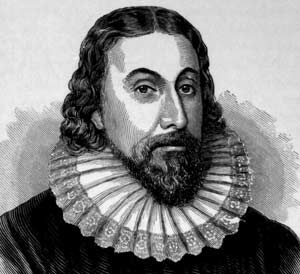"Narrative Time" by Paul Ricoeur - Article Summary
Ricoeur, Paul. "Narrative Time." Narrative Dynamics: Essays on Time, Plot, Closure, and Frames. Ed. Brian
Richardson. Columbus: Ohio State UP, 2002. 35-45. Print.
1. Presuppositions
Narrativity and temporality are closely
related. Language refers constantly to temporality, and temporality is
necessary for narrative.
Time is not, in regards to narrative,
simply a linear succession of moments. On a superficial level, time is that
"within" which events take place. On a deeper level, time is
historicality- emphasis placed on the weight of the past.
Plot is the "intelligible whole
that governs a succession of events in any story". As such the plot is
characterized by temporal complexity.
2. What occurs happens "in"
time
We will present an analysis of time and
an analysis of narrativity, and relate them. Time must be considered by what
happens "in" it. Time is subjective, according to the importance we
attribute to the events that happen at a point in it. The narrative chooses to
put varying amount of emphasis on different points in time and this time is
thus not a neutral series of abstract instants. The measuring of time is not
something inherent in Time but is something humans impose upon time as a need
to analyze it and place events in the context of it. A clock is based on the
changes that happen in nature and when we regard time in this context it is
existential; but it is when we regard time as strictly that which is told by a
machine we are thrown back to an abstract representation of time.
Following a plot entails following the
causal relationships between events in the narrative, and this is how we deduce
the story. The narrative places these events "in" time. Time is
pliable and not rigorous. In addition, narrative necessitates that time be
"public"- that there be a consensus as to its nature among the
characters in the story, and among the readers of the text. The
"present" within a narrative continually changes. It changes
according to the meaning and significance of the events within time.
Every narrative combines two dimensions
in regarding to temporality. One is the episodic dimension, which is the story
as a collection of stand-alone events. The second is the plot in which these
events are organized into a sensible whole. In addition, every event has both a
"within-time" and historicality aspect to it.
As the temporality of the story is
subjective, the temporality of the story changes from the first reading of a
completely new story to the rereading of a known story. Similarly, the
perception of temporality changes if we read a story from beginning to end.
Narrativity thus establishes human
action within time, within memory and in juxtaposition to historicality.
Paul Ricoeur









Thanks this is useful, does this summarize the whole essay though?
ReplyDelete